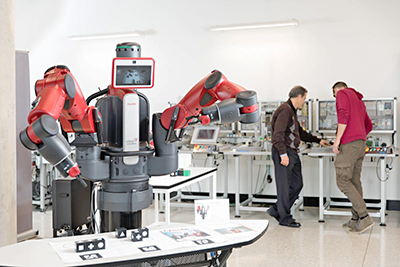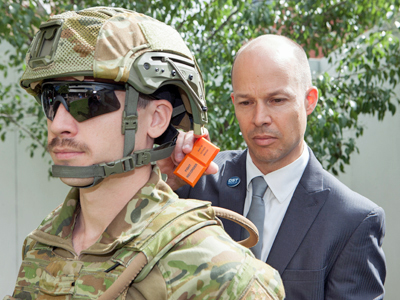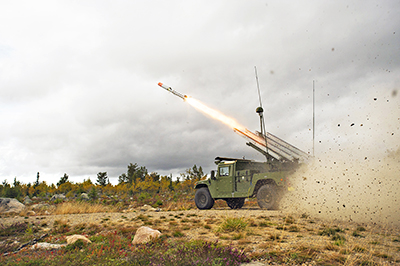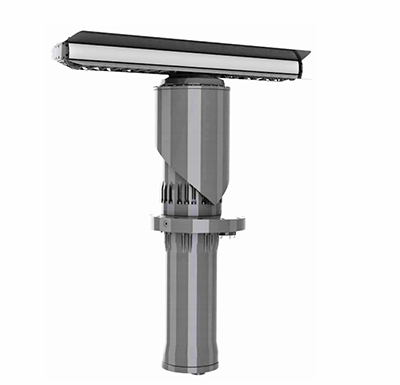By Richard Collins >>
IT IS EASY to look at an industry like composites and quickly dismiss it as slow-moving and of no real interest to you or your company, but the chances are you would be wrong.
At the top-level, there are several assumptions that remain correct: the total growth rate is not dramatic, volume production of synthetic fibres used in composite parts is dominated by glass fibre (research organisation IDTechEx calculates this to be 95 percent), and that nobody sees carbon-fibre as a futuristic material anymore.
But, looking beneath this basic top level there is a wealth of innovation, supply chain turbulence, and specific growth areas. These are all analysed in a new report from IDTechEx Research, Composites 2017-2027: Innovations, Opportunities, Market Forecasts. 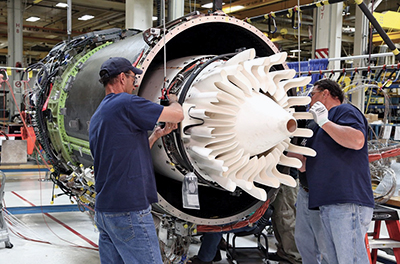
OPPORTUNITIES ACROSS SUPPLY CHAIN
The route to a fibre-reinforced plastic (FRP) composite part has never been straightforward, with multiple steps needing to come together. At each step of the supply chain there are multiple innovations, extending from the fibres and their precursors through to the manufacturing processes and their associated industries.
IDTechEx has investigated every step through primary interviews with key players and provide comprehensive analysis of the key changes in each. This includes alternate fibre feedstocks, plasma oxidation ovens for fibre processing, thin-ply technology for fabrics and prepregs, thermoplastic epoxy and bio-sourced resins for the matrix, 3D printing of composite parts and tools, in-situ foaming of sandwich core materials and many more.
Beyond the manufacturing, there are opportunities, not just for the traditional end-user, but also in how these parts are repaired and increasingly important how they are recycled or disposed of at the end of their functioning life. What is more, these technical challenges are being confronted all the way from multi-billion dollar companies through to start-ups and university research, meaning this seemingly slow and steady industry is one that is rife with opportunities.
HOT PROPERTIES
The usual headline-grabbing property is the improved strength-to-weight ratio of these lightweight composite parts. This will continue to enhance their ever-increasing relevance for the automotive and aerospace industry, as lower emissions (ICE) and improved mileage (electric) are required. Lightweighting is the one area that both propulsion sides are singing from the same hymn sheet about.
Important additional properties also play a crucial role in their successful uptake and allow these materials to move into unseen directions. This could be their superior stiffness, corrosion resistance, or temperature stability.
Take CFRP (CARBON-frp) as an example. It has long been used, and is very much the industry standard, in certain application sectors. However, beyond these core sectors, newer areas including rail transport, civil engineering remediation, spars in wind turbines, prosthetics, UAVs, and pressure vessels are all looking at this as their needs and the material maturity start to align.
Alternatively, if the properties or price are not currently to the end-user’s standards then hybrid parts are becoming increasingly viable options. There are numerous ways that dissimilar materials or fibres can be combined to optimise the product with an ever-increasing number of success stories.
NEXT GENERATION COMPOSITES
Although carbon fibre may not be the material of the future anymore, this industry is already showing its hand as to what might be.
In the report, IDTechEx predicts that continuous and chopped ceramic fibres and their role in CMCs are right at the cusp of some very significant expansion (10-year compound annual growth rate for the fibres is 27 percent is predicted). 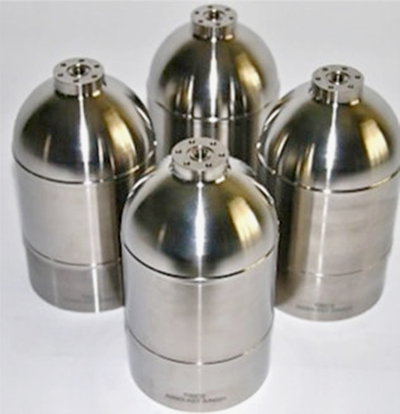
These have so far been trapped in the usual catch-22: manufacturing and cost advancements cannot occur without scaling, but scaling cannot occur without orders.
The slow growth and closed-door early adopter industries they have been operating in will finally start to come out of research and qualification to hit large-scale production volumes.
Even more nascent are the roles of continuous ceramic fibre tows and monofilaments in MMCs, which are accurately described as ‘mature technologies in embryonic markets’ – and the impact pure boron fibres may have in the long-term future.
It is also expected that the next-generation materials will start our progression away from ‘dumb’ structural parts towards multifunctional products. Functionality will be incorporated in fibre composites for energy storage, sensor technology, energy harvesting or many more reasons.
All these key next-generation advancements are analysed in the IDTechEx Research report Composites 2017-2027: Innovations, Opportunities, Market Forecasts.
www.IDTechEx.com.
ends


 How to resolve AdBlock issue?
How to resolve AdBlock issue? 
